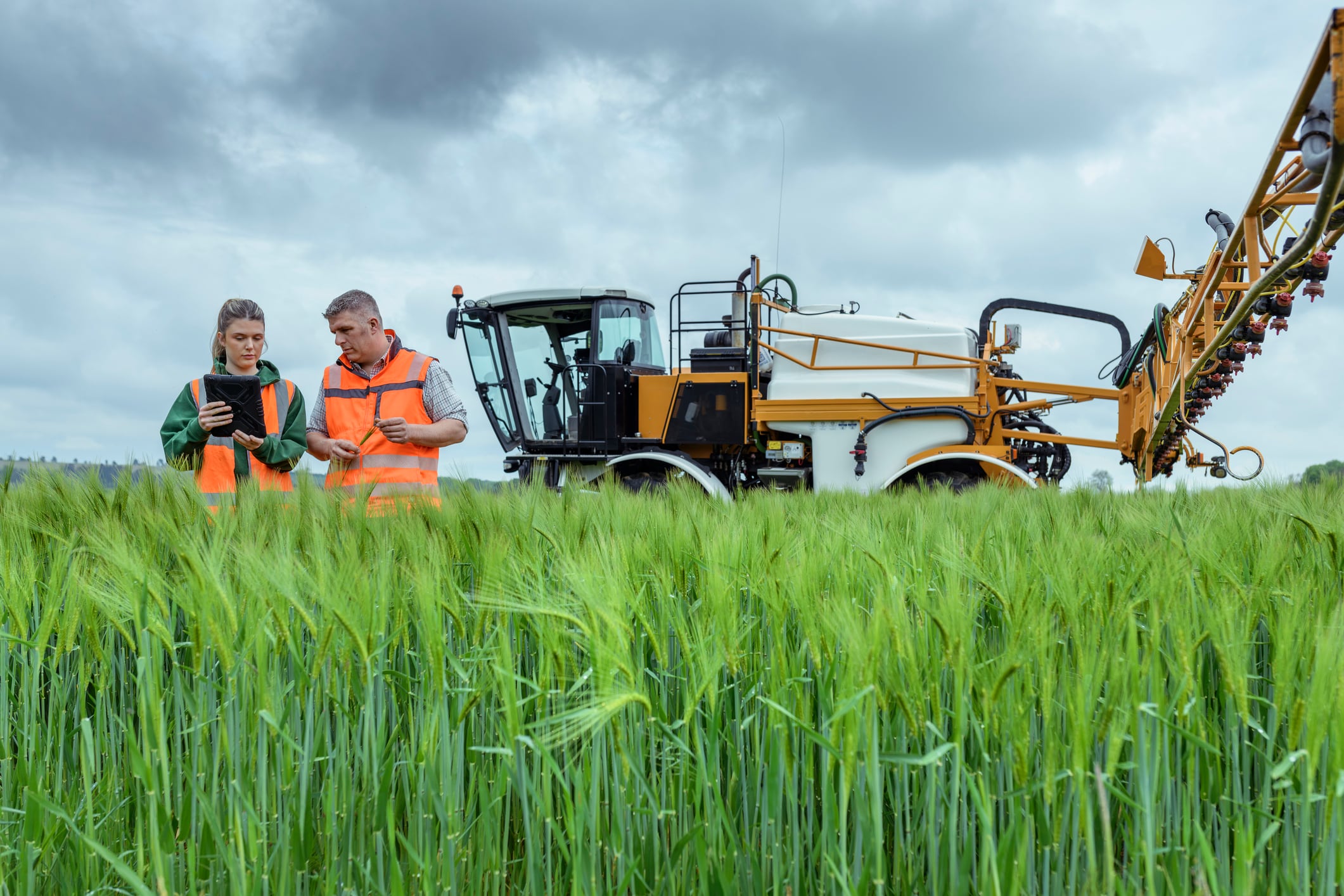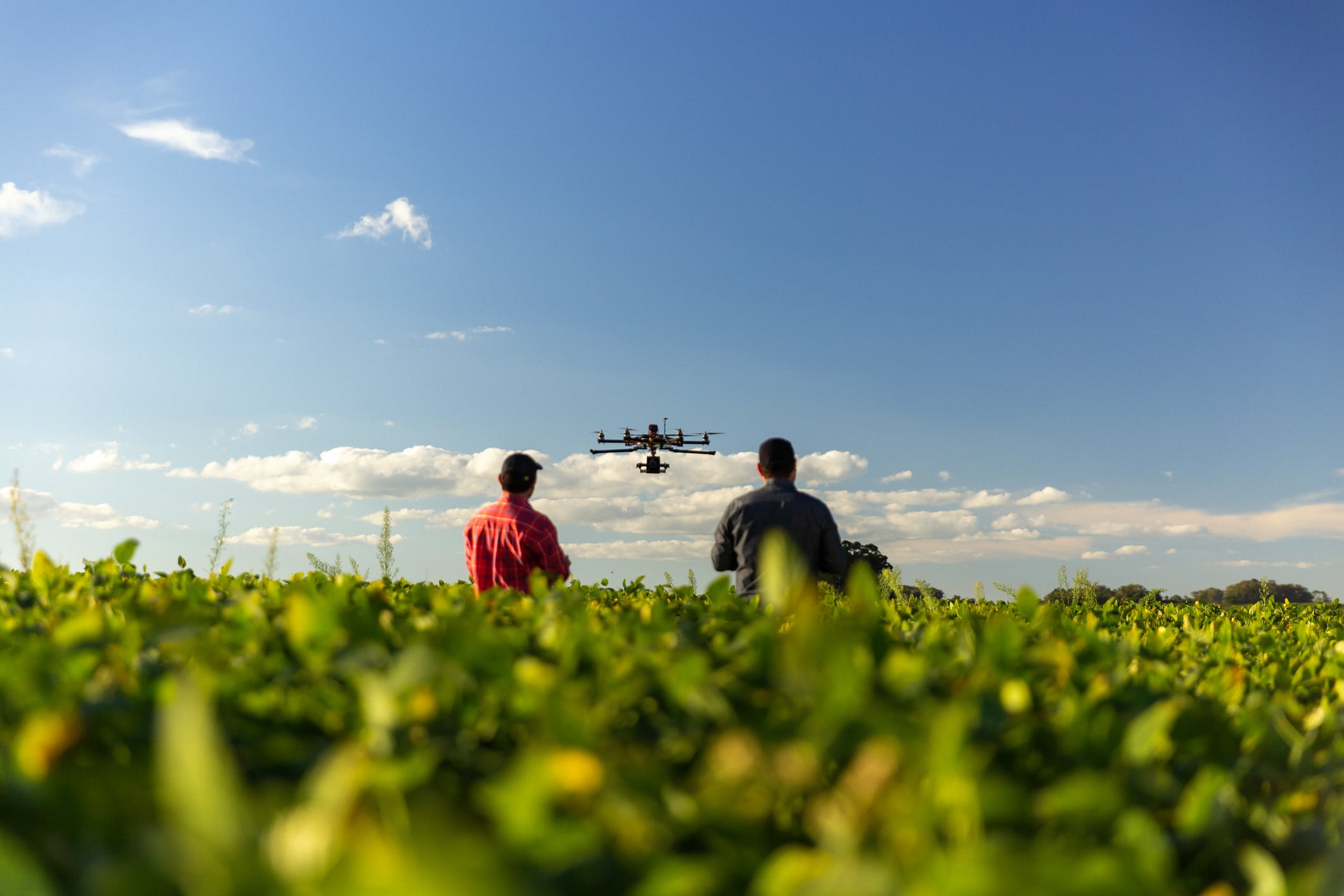Venture capital may not be the best fit for agriculture, according to a new paper published in Food Policy. The authors argue that agriculture’s long development cycles, regional specificity, and limited exit opportunities make it poorly suited to VC’s five-to-seven-year return expectations.
Speaking to AgTechNavigator, co-author Jorge Fernández-Vidal, researcher at the Universidad Politécnica de Madrid and managing director at the Liechtenstein Group, said: “Things like biological inputs, biocontrols, or seed innovations, simply don’t fit neatly into the five-to-seven-year VC clock. You can’t compress biological validation; it takes multiple seasons, often in multiple geographies, and you face strict regulatory timelines that can’t be fast-tracked.”
The trouble with deep science and hardware
Hardware innovations – such as irrigation systems, robotics, and machinery – face similar hurdles: capital-intensive manufacturing, long trials, seasonal sales cycles, and servicing needs. Even digital tools like AI-driven agronomic models struggle to scale across regions.
“What works in Iowa doesn’t automatically work in India,” Fernández-Vidal noted. “The very features that make agtech promising – its deep connection to nature and place – make it a poor fit for classic venture timelines.”
Alternatives: Blended finance and farmer-led funds
The paper highlights blended finance and producer-led funding models as promising alternatives. These approaches help bridge the “valley of death” between proof of concept and commercialization – where many start-ups fail.
Examples include Spain’s Centre for the Development of Industrial Technology and the Israel Innovation Authority, which offer patient capital and milestone-based repayment.
Next, farmer cooperatives that invest not for financial returns, but to ensure the technology exists – bringing infrastructure, credibility, and real-world testing.
If done right, these models can attract commercial investors at later stages, once technical risk is reduced, Fernández-Vidal said.
While these models may not scale globally, Fernández-Vidal argues that regional scaling is often more appropriate in agriculture.
“Trying to copy-paste a farming solution from one continent to another is a recipe for disaster.”
Policy advice: Think in agricultural time
To support agTech innovation, the paper recommends:
• Multi-season grants aligned with crop cycles
• Public trial networks for credible data
• Blended finance facilities combining concessional and private capital
• Strong extension systems to support adoption through trust and peer learning
Rethinking risk and returns
VC investors often claim only they can fund high-risk innovation. Fernández-Vidal disagrees: “I think that argument reflects a particular Silicon Valley worldview.” The riskiest phases in agtech such as the multi-year field trials, the regulatory waiting, the ecosystem-building are often financed by patient, mission-driven capital, not by VC. “VC has its place, of course, particularly once there’s technical validation and a visible market pathway. But it’s not the only engine for risk-taking.”
But can other models get the truly hard, deep-science innovations off the ground? “It’s a fair concern,” he said. Blended and public models can be bureaucratic, and their governance structures are not always nimble, he admitted.
He said what’s needed is smarter programme architecture, not just more money, that institutionalizes patience. Whether this comes from public pockets, strategic investors, or philanthropic investors, is secondary.
“The danger isn’t underfunding innovation – it’s funding it on the wrong terms,” he stressed. “That burns the whole agtech asset class and that is the most dangerous thing that can happen. Innovation won’t be funded at all if the category is seen as a failure.”
Advice for agtech entrepreneurs: Move fast without breaking things
Match capital to cadence, he advised entrepreneurs. Don’t take VC if your product needs three seasons to prove itself. Look for patient capital. Consider impact investors, corporate venture arms, or even cooperatives that have strategic rather than purely financial motives.
Win one region first. Demonstrate product–market–region fit. Also measure everything. Building milestones around agronomic data will get you credible follow-on funding, he said.
Think creatively about exits, he urged. “Success doesn’t have to mean IPO – licensing, partnerships, and strategic integrations matter. The challenge is not to move fast and break things, it’s to move wisely and build things that last.”
Reference
Financing agricultural innovation: Challenges and alternatives to venture capital in the AgTech sector





